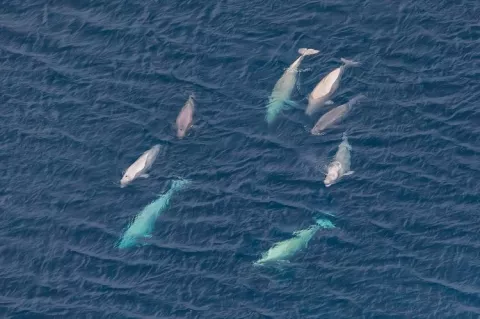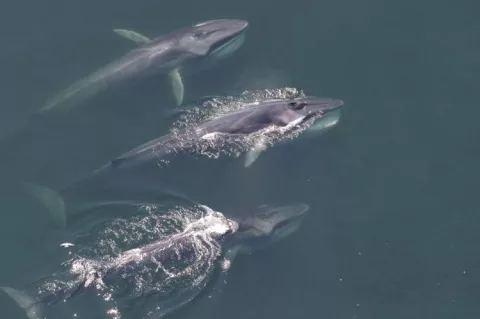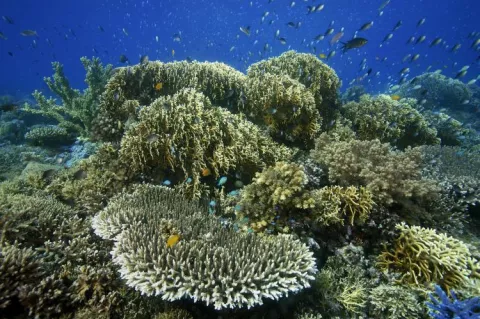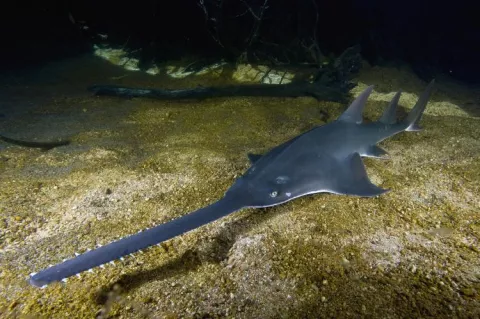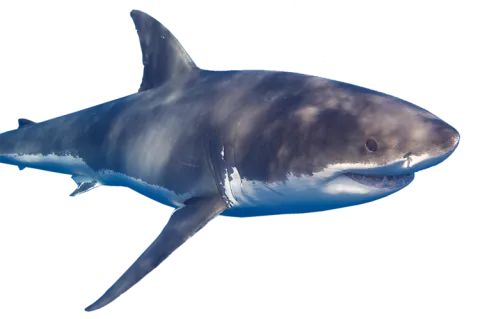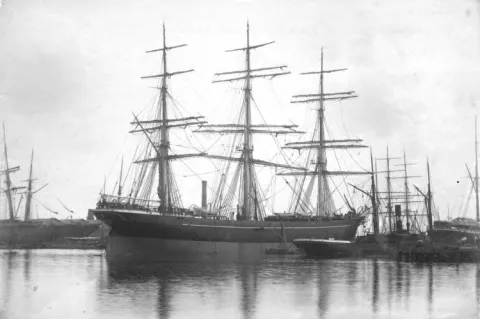Master Liveaboards has announced a brand-new identity, website and e-commerce platform
Master Liveaboards has announced a brand-new identity, website and e-commerce platform. This is momentous news for their customers as they now accept live bookings 24/7 - with immediate confirmations. B2B customers can also make bookings and place their selections on option via the company’s Diving Portal.



